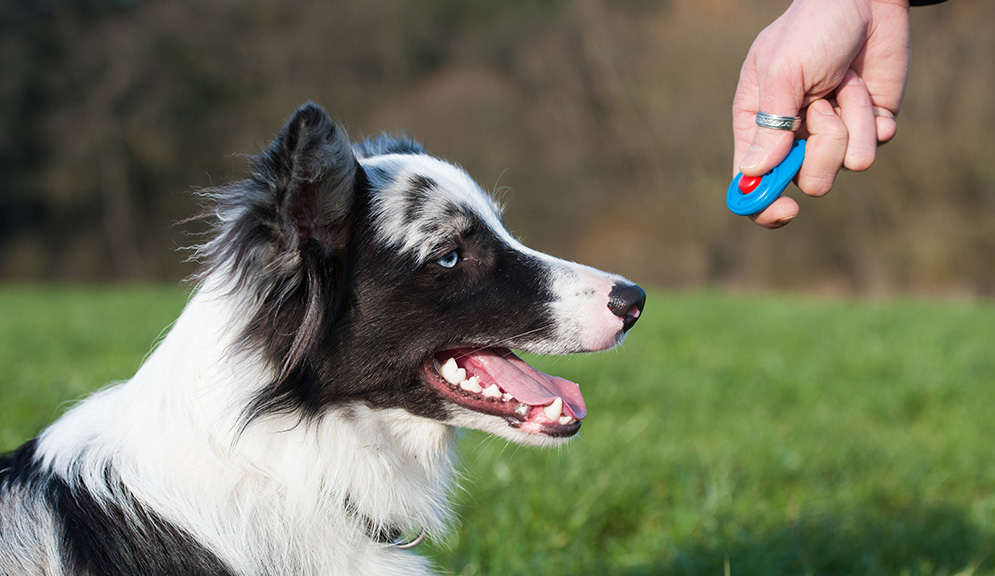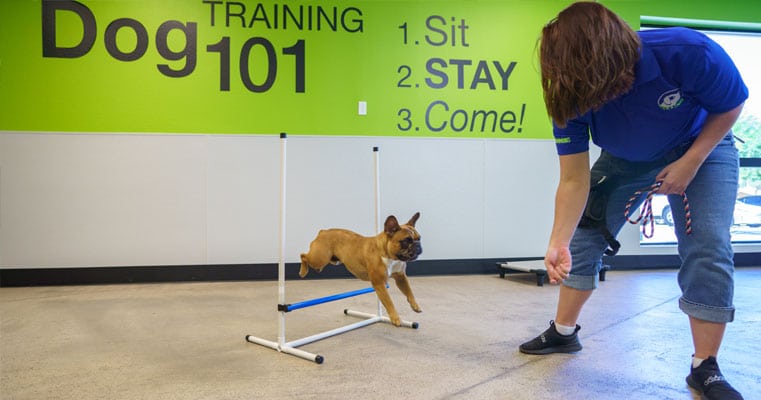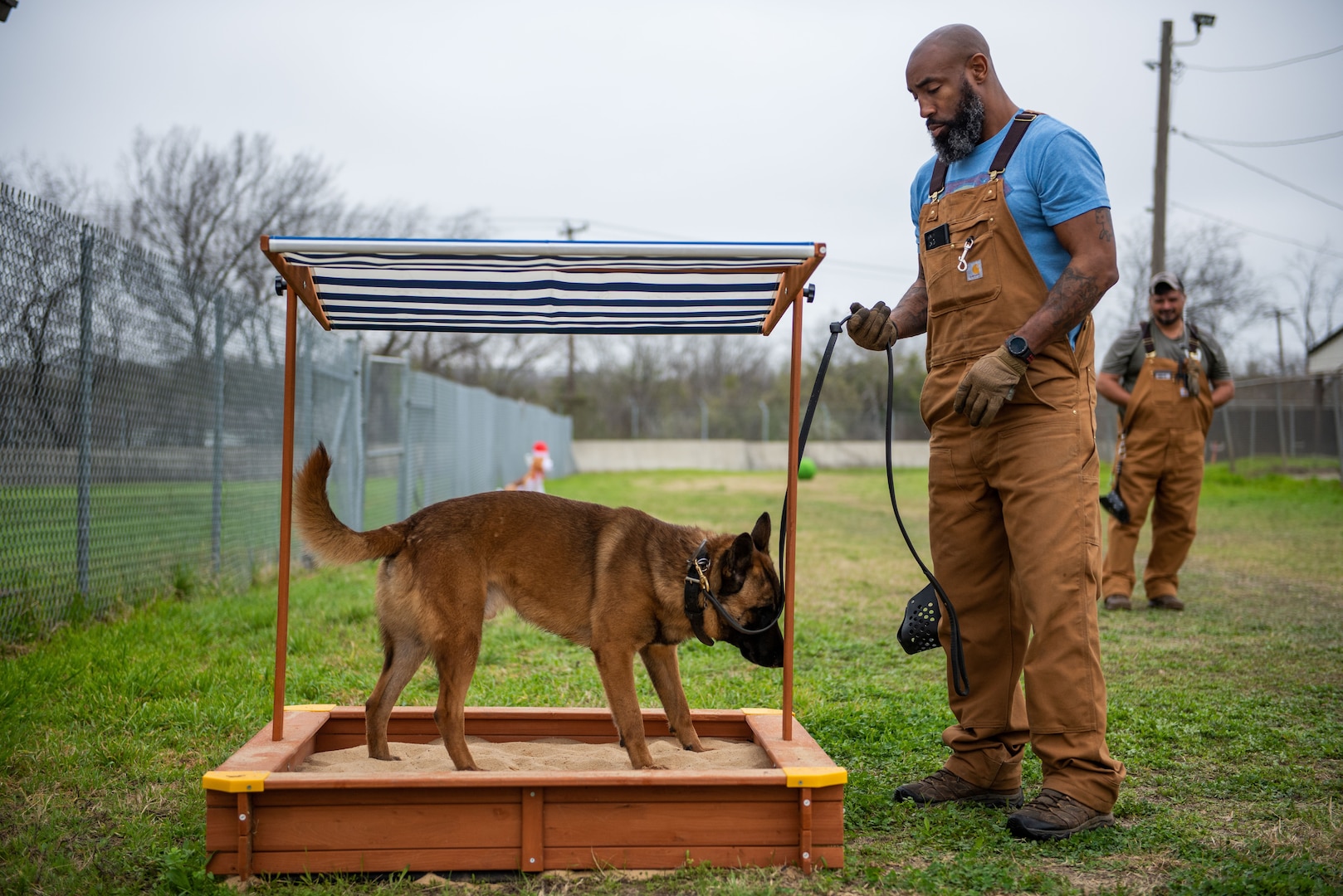Beginner's Guide to Effective Pet Dog Training in the house
Effectively training a pet in the house requires a nuanced understanding of canine actions and effective communication techniques. Establishing clear training goals, using top quality benefits, and preserving consistency throughout relative are essential elements. Integrating training right into everyday regimens can improve both engagement and retention. Nonetheless, lots of novice trainers run into difficulties that may prevent development. To browse these complexities successfully, it's essential to explore a number of key elements that can change your approach and cause a harmonious relationship with your pet. What basic concepts should every novice understanding to ensure success?
Understanding Dog Behavior
Understanding pet dog habits is vital for reliable training and fostering a harmonious connection in between people and their canine buddies - Puppy Training. Pet dogs communicate primarily through body movement, articulations, and faces, making it vital for proprietors to translate these signals accurately. Identifying actions such as tail wagging, grumbling, or shrinking can offer understandings into a pet dog's mood and purposes
Additionally, understanding the natural impulses of pets, such as their pack attitude, assists owners establish leadership roles within the family. This is vital for creating an organized environment where pets feel safe and are more responsive to training. Dogs are likewise affected by their socialization experiences; very early exposure to different environments, individuals, and other pets can substantially form their actions later in life.
Typical behavioral issues, such as aggression, stress and anxiety, or too much barking, frequently originate from misconceptions or unmet requirements. Observing and dealing with these concerns without delay can prevent acceleration and make certain a favorable training experience. By fostering a deep understanding of canine actions, owners can tailor their training methods to match their canine companions, eventually causing a mannerly and contented pet.

Vital Training Devices
A well-equipped training space can substantially enhance the effectiveness of pet training at home. Vital training devices make sure that both the canine and the instructor can participate in productive sessions that cultivate knowing and bonding.

Purchasing a sturdy leash and a comfortable, well-fitting collar or harness is important for security and control. These tools assist establish limits and make sure the canine stays protected during training. Furthermore, a marked training location, without interruptions, aids concentration for both the trainer and the pet.
Educating help such as training pads, cones, or dexterity tools can additionally boost the experience by introducing variety and difficulties. Having a notebook or electronic app for tracking development can be very useful, allowing you to keep in mind successes and locations for improvement. Making use of these important tools will certainly create a positive training setting and lay the foundation for reliable learning.
Creating an Educating Regimen
Establishing a regular training regimen is vital for reliable pet dog training in your home. A well-structured routine not just helps in enhancing desired habits yet likewise provides your pet dog with a feeling of protection and predictability. To produce an efficient training routine, begin by determining particular training goals, such as fundamental commands, chain walking, or house-breaking.
Select a designated time daily for training sessions, ideally when your dog is sharp and responsive. Procedure should be brief, roughly 5 to 15 minutes, to keep focus and protect against exhaustion. Uniformity in timing and atmosphere will certainly improve your pet's learning experience.
Incorporate training into daily activities to reinforce skills. For example, practice commands throughout strolls or mealtime, which incorporates discovering into natural routines. In addition, continue to be flexible and change the regular as needed, fitting your canine's energy levels and mood.
Positive Reinforcement Techniques

When executing positive support, it is necessary to choose incentives that are inspiring for your pet dog. High-value treats, such as little pieces of chicken or cheese, can be specifically effective during training check out here sessions. Additionally, differing the benefits can preserve your canine's rate of interest and interest.
Beginning with simple commands, like "rest" or "stay," and progressively progress to extra complex jobs. Consistency is vital; ensure that all relative utilize the same commands and benefit systems to stay clear of complication.
Additionally, it is crucial to stay client and avoid disappointment. Dogs, like human beings, learn at their own speed. By fostering a helpful training setting through favorable support, you can improve your dog's learning experience while strengthening the bond between you and your furry friend, laying the foundation for successful training outcomes.
Typical Training Difficulties
While training a canine at home can be a gratifying experience, it frequently includes a collection of usual obstacles that can examine both persistence and uniformity. One widespread problem is diversion. Canines might become conveniently averted by sounds, activities, and even fragrances in their atmosphere, making it challenging to keep their emphasis throughout training sessions.
Another obstacle is incongruity in commands and reinforcement. If member of the family utilize various cues or benefits, it can confuse the dog and prevent progression. Establishing a unified technique is necessary for efficient interaction.
Additionally, dogs can experience irritation or anxiety, particularly if they do not understand what is expected of them. This can result in unwanted actions, such as barking or chewing.
Ultimately, the timing of support is critical. Delayed Recommended Reading rewards can reduce the efficiency of favorable reinforcement, as dogs may stop working to link the behavior with the incentive.
Getting over these difficulties calls for commitment, clear interaction, and an organized training plan - Puppy Training. Recognizing and addressing these usual barriers will certainly lead the way for a much more pleasurable and successful training experience in your home
Final Thought
In final thought, effective pet dog discover this training at home demands a comprehensive understanding of canine habits and efficient interaction methods. By developing clear training goals and utilizing top quality deals with together with favorable reinforcement, the training process ends up being a lot more rewarding for both the instructor and the dog.
Developing a regular training regimen is essential for effective dog training at home.Favorable support methods are essential to efficient pet dog training, promoting wanted actions via rewards rather than penalty. By cultivating a supportive training atmosphere through favorable reinforcement, you can boost your pet dog's understanding experience while enhancing the bond in between you and your hairy friend, laying the foundation for effective training results.
In final thought, successful dog training at home necessitates an extensive understanding of canine behavior and effective interaction approaches. By establishing clear training objectives and making use of high-grade treats alongside favorable reinforcement, the training procedure ends up being more fulfilling for both the fitness instructor and the canine.